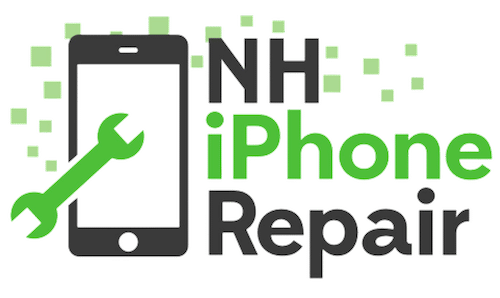We’ve come a long way from phones that stop working almost as soon as they hit water. Most phones these days, if they’re not waterproof, actually have a water rating on them, which means that simple spills and drops into puddles shouldn’t bother them. Each phone is different, however, so not all phones are equal. Let’s talk about when you should be concerned.
Waterproof vs Water-Resistant
Waterproof and water-resistant are not interchangeable terms. A waterproof item means that it can be used in the water with no damage occurring, regardless of time spent submerged. A water-resistant item means it can withstand some water or dampness, but can’t be used in the water. Most phones are water-resistant (just like your smartwatch), but some specialty phones are waterproof. It’s important to know the difference if you’re shopping for a waterproof phone, because they are not the same.
IP Ratings and What They Mean
An IP rating is set by the IP Code, or Ingress Protection Code. The classification requires a company to build a product to a specific standard. So, when a phone is rated as an IP67 or IP68, each one determines a certain level of water-resistance.
IP ratings are made up of two numbers. The first number is the “solid protection” number, which is rated from 1-6, with 1 being the least protected from solids, and 6 being the most protected from solids (this includes dust). After that, the second digit is the amount of water-resistance, rated on a scale of 1-8.
An IP rating of IP67 means that the phone is highly protected against body wear and dust, and is protected from immersion in water with a depth of up to 1 meter for 30 minutes. An IP68 means that the phone is highly protected against body wear and dust, and is protected from immersion in water with a depth of more than 1 meter for a specified amount of time (the manufacturer needs to supply this).
In short, that means that an IP67 rating phone can survive up to 30 minutes if dropped in water up to 1 meter (3.37 feet) deep, and an IP68 rating phone can survive a set amount of time if dropped in water over 1 meter (3.37 feet) deep.
So what about that puddle?
If you drop your phone in a puddle, immediately shake it off, and dry it up, then chances are you’re okay. Now, if that puddle is very deep and it takes you a while to get to your phone, you may want to start considering water damage. Most water damage issues occur when water enters through ports like the headphone jack or charging port, or speaker holes. Sometimes water damage can take a while to manifest, such as if you use your phone as a speaker in the bathroom while you shower — it may take months for the humidity that worked into your phone to begin to cause rust and other issues with the circuitry in your phone. Not all waters are the same, too. Pool water can have chemicals in it, and saltwater is notoriously bad for electronics.
The takeaway is that dropping your phone briefly in a puddle — or spilling something on it — is likely not the end for your device.
Still, if you suspect your phone may be a bit waterlogged, we may be able to help. Contact us today to get started repairing your water damaged phone.
